By now you have seen the plate featured in the major overhaul of Canada’s Food Guide. If it hasn’t crossed your social media feeds then you are following the wrong people. If I had a dollar for everyone person who posted a picture on Instagram …. This is exciting stuff, folks!
Never have I seen so many people weigh in on a health-related issue or a food guide. Obviously it’s the drastic changes – removing four food groups, emphasizing eating plants, cooking at home and drinking water – that has everyone doing the happy dance or calling out the humble spinach.
So what is Canada’s Food Guide? Why should I care?
I will give you a brief history lesson. “Canada’s first food guide, the Official Food Rules, was introduced to the public in July 1942, ” according to Health Canada. It acknowledged wartime rationing while ensuring Canadians stayed healthy. While it has undergone many revisions, name changes and colour schemes, it continues to be a basic educational tool designed to help people follow a healthy diet. You probably recall learning about the guide in school.
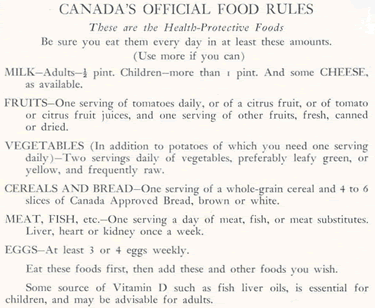
1942 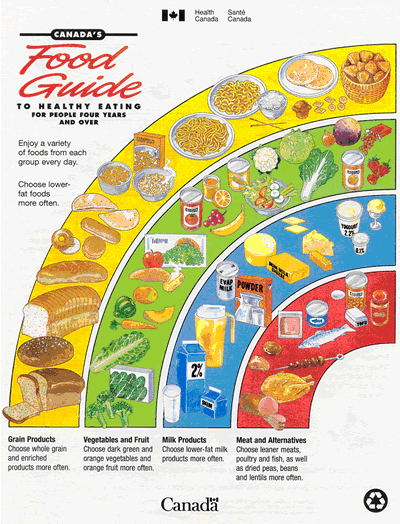
1992 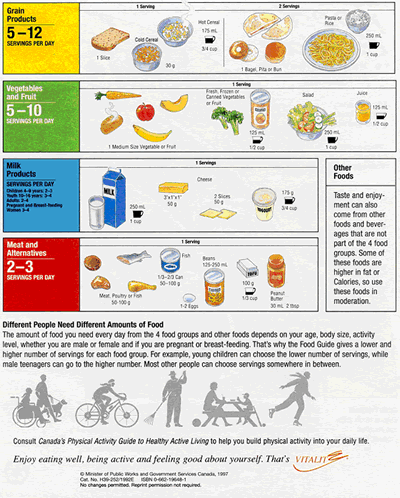
1992 – Back 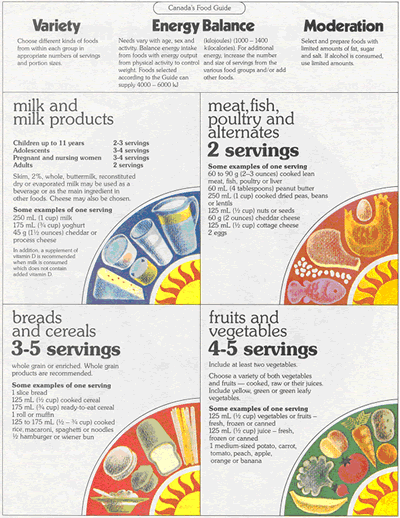
1982 – Back 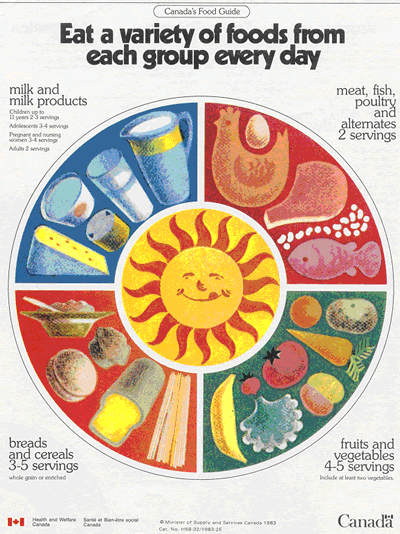
1982 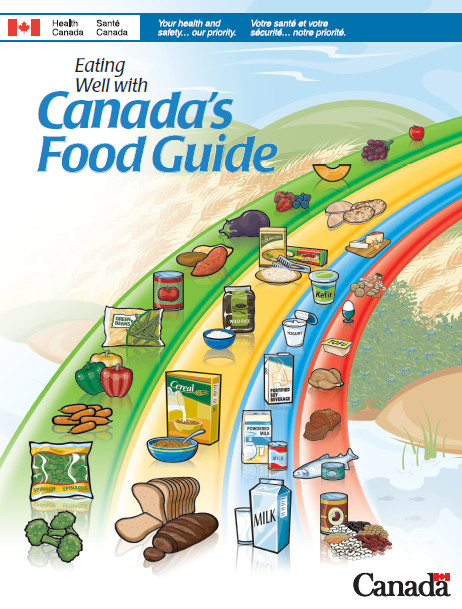
2007 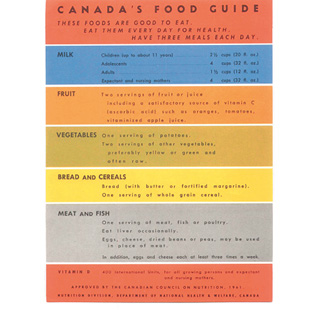
1961 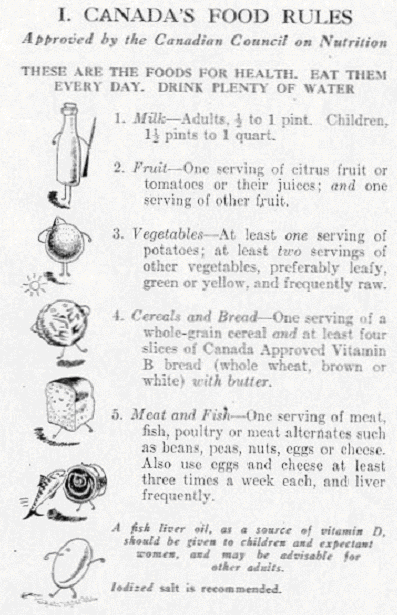
1944
The last makeover, Eating With Canada’s Food Guide, was published in 2007. I used to cover health for a newspaper and I would speak to dieticians all the time about what people should eat. They would always refer to Canada’s Food Guide.
This time around instead of consulting the big industry, Health Canada used EVIDENCE-BASED reviews to inform their guide. Big win.
Invite me to dinner
I have to tell you “cook more often” is one of the best pieces of advice. Forget serving sizes and food groups, the new guide is recommending people to cook at home and enjoy meals with family and friends. I think we’re all in need of this great “lifestyle” advice. Food is meant to be enjoyed with our loved ones not gobbled down on your drive to work in the morning.
I particularly like the removal of the food groups (grains, meat and alternatives, fruits and veg, and dairy) and specific portion sizes. Eat a variety of healthy food and avoid processed food. How simple is that to follow? Boom. As a vegan/vegetarian, plant-eater for more than half my life, I am thrilled to see the tofu, chickpeas and lentils on the plate.
The question of access and affordability also crossed my mind. It’s a known fact that it is cheaper to buy junk than it is fresh fruits and veggies. But hopefully this new guide will help stir families in a healthier direction. There’s some cost-savings tips and recipes on the Health Canada website. I lived on the cheap for many years, and I found it possible to eat relatively healthy.
This guide is for you
As a plant-based, vegetarian, vegan recreational runner, I know what to eat to maintain a healthy lifestyle and weight. I couldn’t do the things I do today if I didn’t eat a healthy diet. I am far from perfect but I know it’s perfectly OK to eat the occasional junk food or drink too much wine. It’s sad that in today’s information age too many people are ignorant about food. They follow fads and worry about weight loss to look good, instead of worrying about health to feel good.
I am hopeful this guide will have a positive impact in this next generation because it will be taught in schools. I hope it encourages people to question what they put in their bodies. There’s a real opportunity here.
At the end of the day, I know these are just recommendations from the federal government. But if you had the access and means to eat a healthy diet, wouldn’t you? Now chew on that.

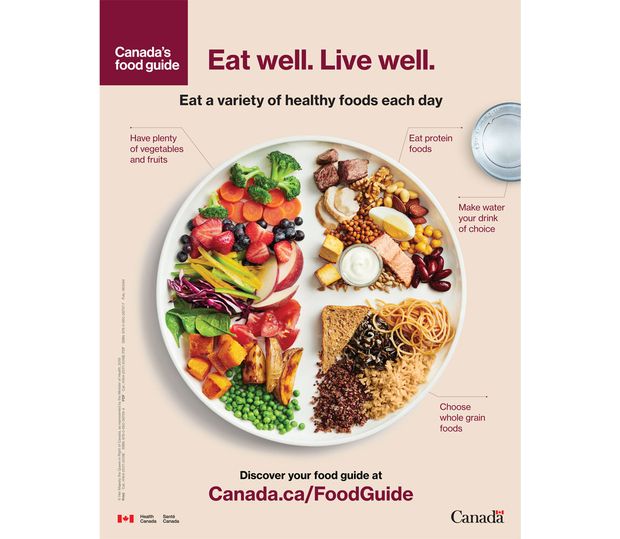
Even though I am not Canadian, I did hear about this food guide. It seems like a great message to send to the public and I hope other governments will take notice.
Marcus@strengthery recently posted…You, A Stunning Goddess? Kinobody Goddess Toning Program Review